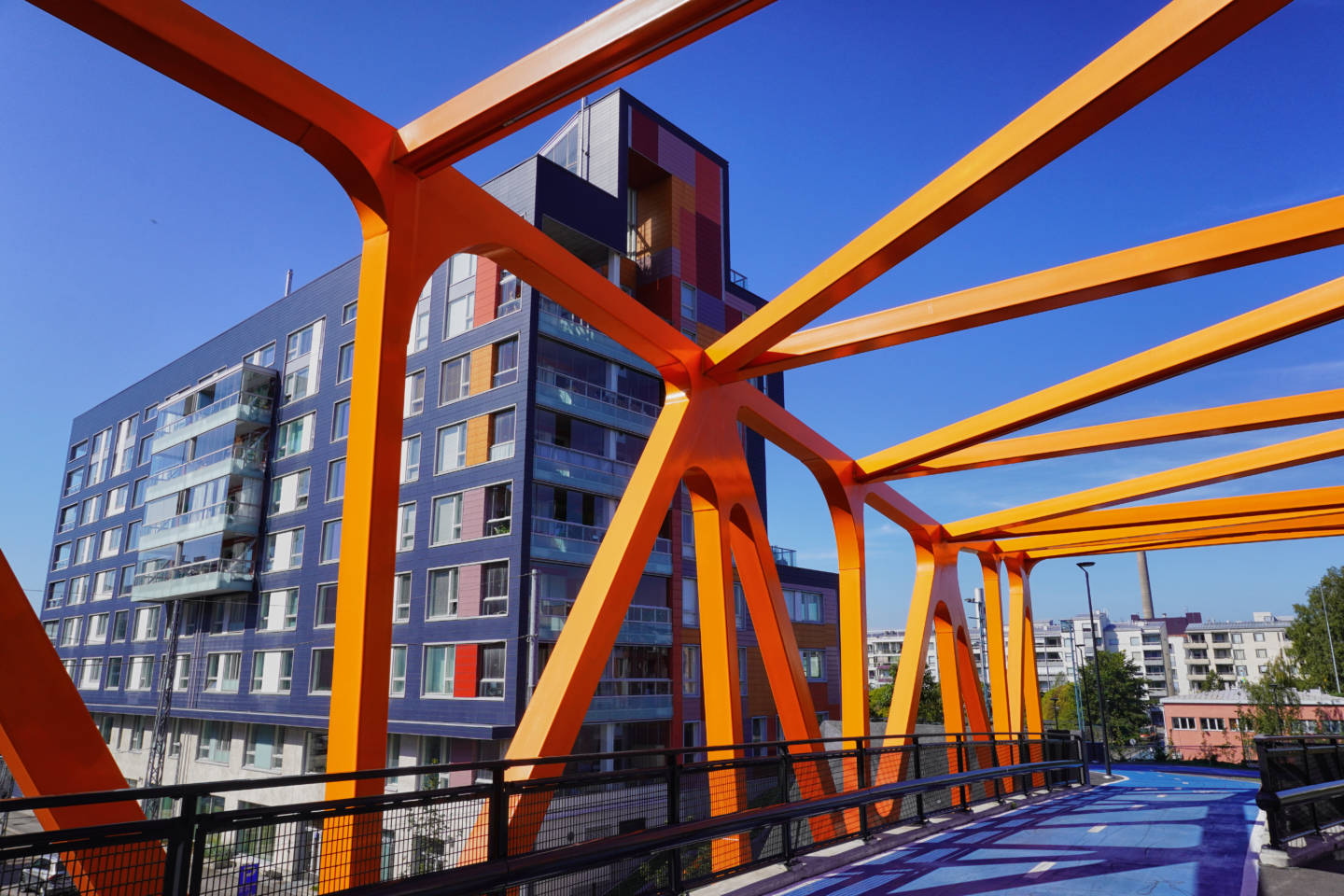
Data content of the system
The information submitted to the built environment information system will comply with jointly agreed technical requirements, meaning that it uses the standardised national data models.
The data is generated in the basic work of municipalities and regional councils and, as a rule, is submitted to the national information system via an interface in as automated a manner as possible.
The submission of the data will begin in 2024, and the relevant legislation specifies the transitional periods and deadlines for submission of different data.
Construction data that will be submitted to the system
- construction permit
- demolition permit
- landscape work permit
- deviation decision
- building code (PDF-format in 2024, data-model format at a later date)
Transition period provides flexibility
The Construction Act will enter into force on 1 January 2025. Municipalities must submit their construction-related data to the information system no later than 1 January 2028. Municipalities are nevertheless required to issue construction permits that use the data model format already in 2025, as soon as the Act enters into force.
Area use data
- local detailed plan
- master plan
- regional land use plan
- urban district plan (PDF-format in 2024, data-model format at a later date)
- site layout plan
- building prohibition
- building restriction
- action restriction
- planning requirement area
In the future, planning data will be produced in Finland using a nationally interoperable, spatial data-based planning data model and will be stored in the built environment information system. The digitalisation process will not change the roles of land use planning.
Transition period provides flexibility
The law requires municipalities and regional councils to submit new land use plans and other data on area use to the national built environment information system. The data can be submitted from 1 January 2024 onwards, and must be provided no later than 1 January 2029.
Data content will expand later on
The system is designed in such a way that content can be added to it later on and new links can be created with other systems. In the next phase, future data contents will be planned alongside the information system’s first stage of implementation.
Between 2025 and 2029, the system will be expanded to include data model-based information on building codes, general area plans (street and park plans) and the cultural environment.
The system will also eventually include urban regional plans and maritime spatial plans, the content of which will be jointly agreed at a later date.